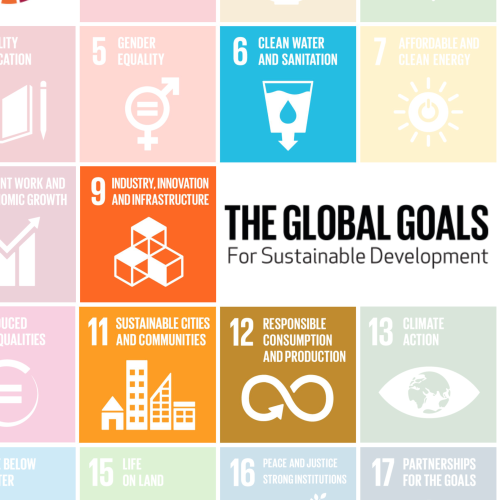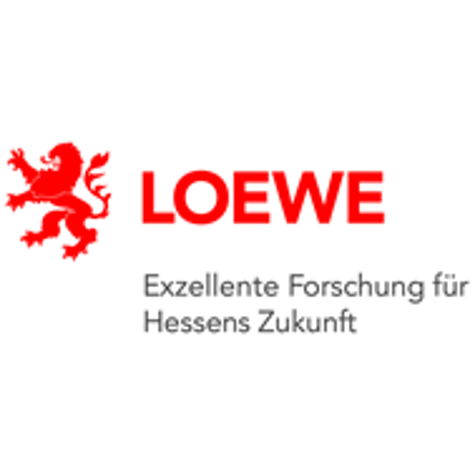
Challenges for our urban water distribution networks
Due to the increasing frequency of droughts and heavy rainfalls, urban water distribution systems are exposed to extreme load cases more often. This requires developing innovative methods to assess the status quo and to identify potential for improvement. In pursuing this objective, our research also addresses the United Nations' Sustainable Development Goals.
Our research centres on the analysis and optimisation of urban infrastructures, in particular water distribution systems. Through our various research projects, we have a comprehensive overview of the current challenges of urban water supply. Urban water distribution systems are large technical systems and also have features of complex systems. They are rarely fully planned, but develop in accordance with the urban structure whose inhabitants they supply. In addition, they are confronted with a variety of hazards (e.g. drought, component failure, pollutant input, leakage) and must be adapted to requirements resulting from new developments.
These aspects result in uncertainty that water distribution systems are faced with. Resilience is a strategy for overcoming this uncertainty. A resilient technical system guarantees the fulfilment of a specified minimum functionality and the subsequent possibility of recovering the full functionality even in the event of disruptions or component failures.
What distinguishes us is the awareness that an urban water distribution system is always a socio-technical system. This is why we also consider the interaction of individuals with the technical water distribution system in multi-agent simulations, for example.
We always follow a methodical approach in all our analyses. One of our main focuses is the mathematical optimisation of infrastructures, taking into account the underlying technical relations. Furthermore, our resilience assessments are based on established resilience metrics that we have developed further. When analysing operating strategies for water distribution systems, we rely on signal-based control and decentralised intelligence, e.g. in the form of agents.







